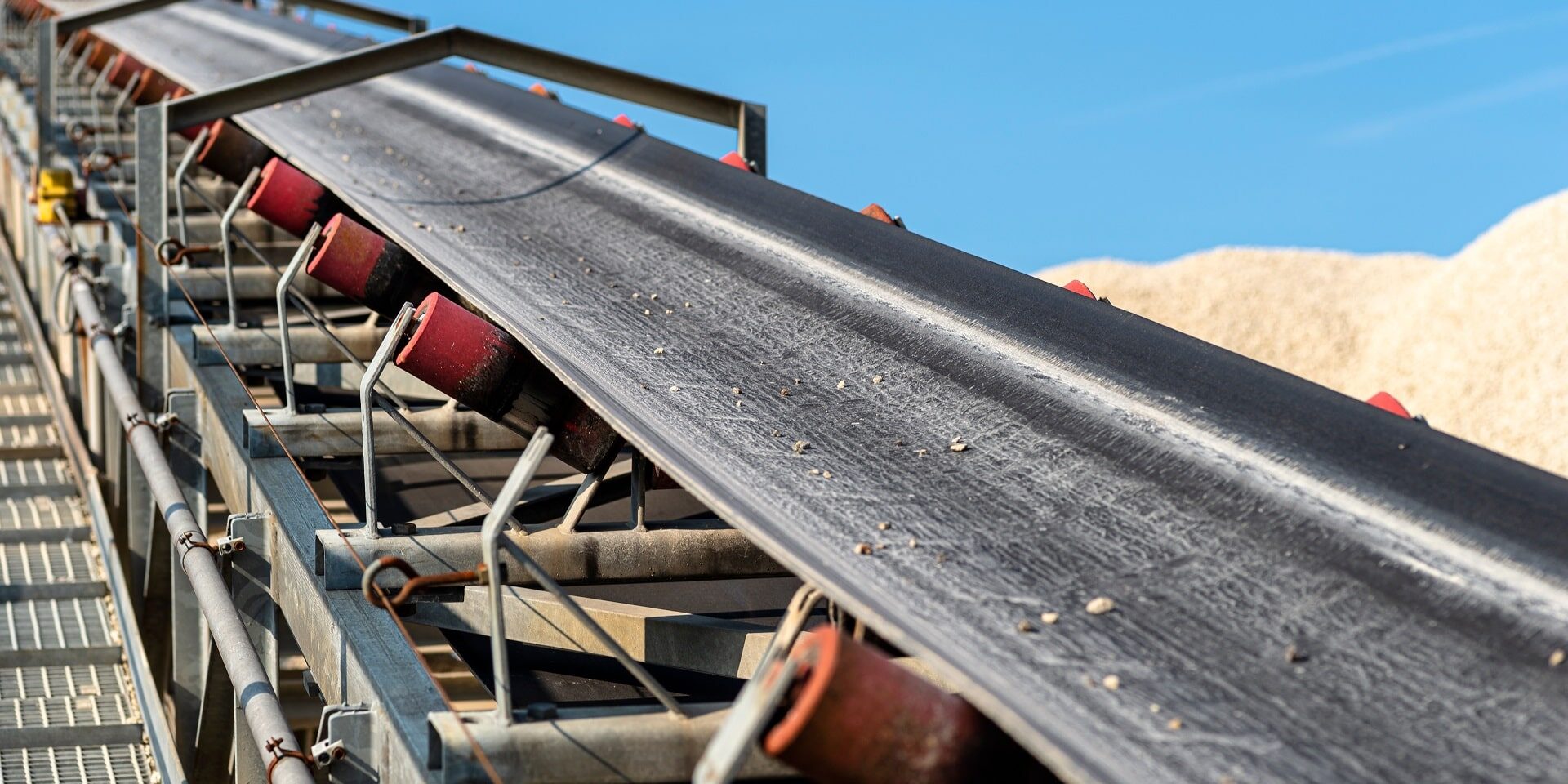Conveyor belts face daily wear and tear, but vulcanized belt splicing may repair them once they fail. Because most operations utilizing conveyor belts depend on them to function, vulcanized belt splicing offers a great way to keep them moving. One of many types of splicing methods, vulcanized splicing closes ends of belts to make a strong, sturdy belt loop.
Great Lakes Belting provides belt splicing in this way to ensure a trustworthy belting operation. Belting should always hold through the lifespan of the materials involved. Vulcanized splicing helps to ensure that belting operations meet these lifespans and operate without error for the long term.
How does vulcanized belt splicing work?
Vulcanizing a belt typically comes with three stages of processing:
1. Prepare belt ends of splicing
The first step comes with cutting the belt ends at correct angles to then strip them apart. This exposes piles within the carcass belt that the one performing the splicing uses to join the two ends together. With their precision, the belt’s ends are formed into the perfect form without damaging the piles.
2. Application of adhesive material
Whether the engineer uses cement, gum, or another adhesive material, they apply the material and belt piles intermittently to overlap them. This creates a strong hold of both bonding material as well as belt material.
3. Curing to completion
Once applied, the preparer presses the bonding agent and belt together and cures the combination. Through heat, pressure, and/or time, a fully-realized belt becomes the end result. Whether they utilize hot or cold vulcanization for bonding, they achieve the same end result.
At Great Lakes Belting, we always look for ways to make your belting better. Through vulcanized belt splicing, damaged belts find quality repairs, operations in need of a continuous belt find a strong way to bind ends together, and those in need of a clean splice find one of the best methods to get it. Learn more about our splicing options by reaching out today!








